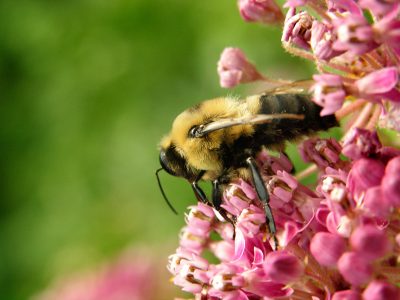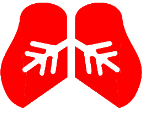
Most of us develop redness and swelling at the site of an insect bite. Yet people who are allergic to stinging insect venom are at risk for a much more serious reaction. This life-threatening reaction is called anaphylaxis. Symptoms can include the following:
• Swelling of the face, throat or tongue
• Difficulty breathing
• Dizziness
• Stomach cramps
• Nausea or diarrhea
• Itchiness and hives over large areas of the body
An allergic reaction occurs when the immune system overreacts to an allergen. In stinging insect allergy, the allergen is venom from a sting. Most serious reactions are caused by five types of insects:
• Yellow jackets are black with yellow markings, found in various climates. Their nests are usually located underground, but sometimes found in the walls of buildings, cracks in masonry or in woodpiles.
• Honeybees have round, fuzzy bodies with dark brown and yellow markings. They can be found in honeycombs in trees, old tires or other partially protected sites.
• Paper wasps are slender with black, brown, red and yellow markings. They live in a circular comb under eaves, behind shutters or in shrubs and woodpiles.
• Hornets are black or brown with white, orange or yellow markings. Their nests are gray or brown and are usually found in trees.
Insect stings can cause serious symptoms that are not allergic. A toxic reaction occurs when the insect venom acts like a poison in the body. A toxic reaction can cause symptoms similar to those of an allergic reaction, including nausea, fever, swelling at the site of the sting, fainting, seizures, shock and even death. A toxic reaction can happen after only one sting, but it usually takes many stings from insects.
Diagnosis
If you think you might be allergic to stinging insects, an accurate diagnosis is essential. An allergist / immunologist has specialized training and skills in determining the cause of your symptoms. With a thorough health history followed by allergy testing to determine what, if any, allergens put you at risk for serious reactions to stinging insects, we can aid in an accurate diagnosis with recommended treatments.
